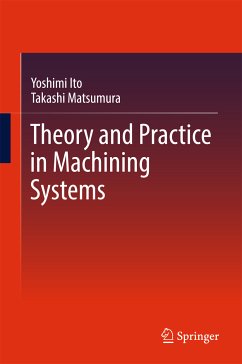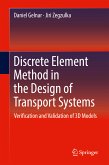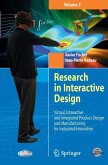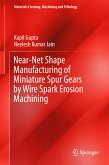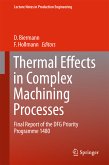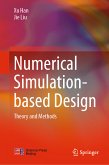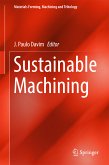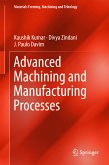The book describes fundamental topics, including the form-generating movement of the machine tool and the important roles of the attachments, before moving on to consider the supply of raw materials into the machining space, and the discharge of swarf from it, and then machining technology itself.
Building on the latest research findings "Theory and Practice in Machining System" discusses current challenges in machining. Thus, with the inclusion of introductory and advanced topics, the book can be used as a guideand survey of machining technology for students and also as the basis for the planning of future research by professors and researchers in universities and scientific institutions. Professional engineers can use the book as a signpost to technical developments that will be applied in industry in coming years.
Dieser Download kann aus rechtlichen Gründen nur mit Rechnungsadresse in A, B, BG, CY, CZ, D, DK, EW, E, FIN, F, GR, HR, H, IRL, I, LT, L, LR, M, NL, PL, P, R, S, SLO, SK ausgeliefert werden.

